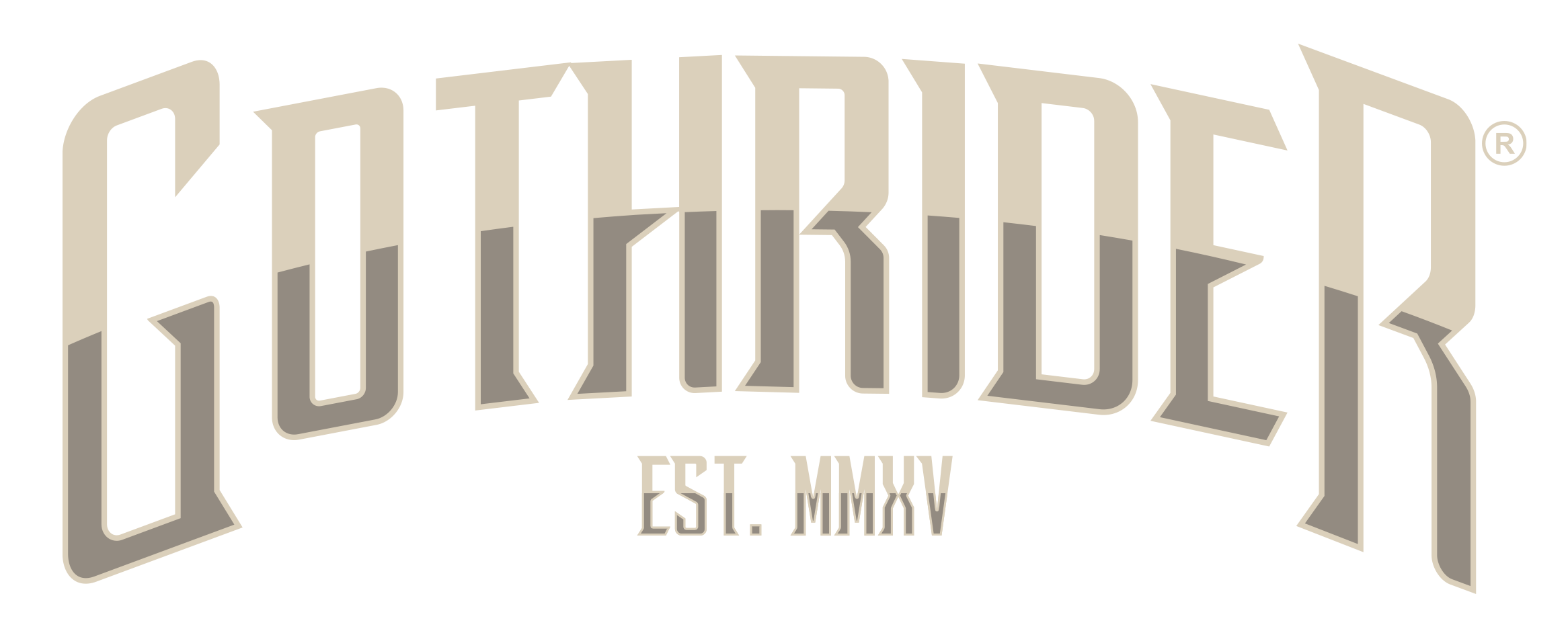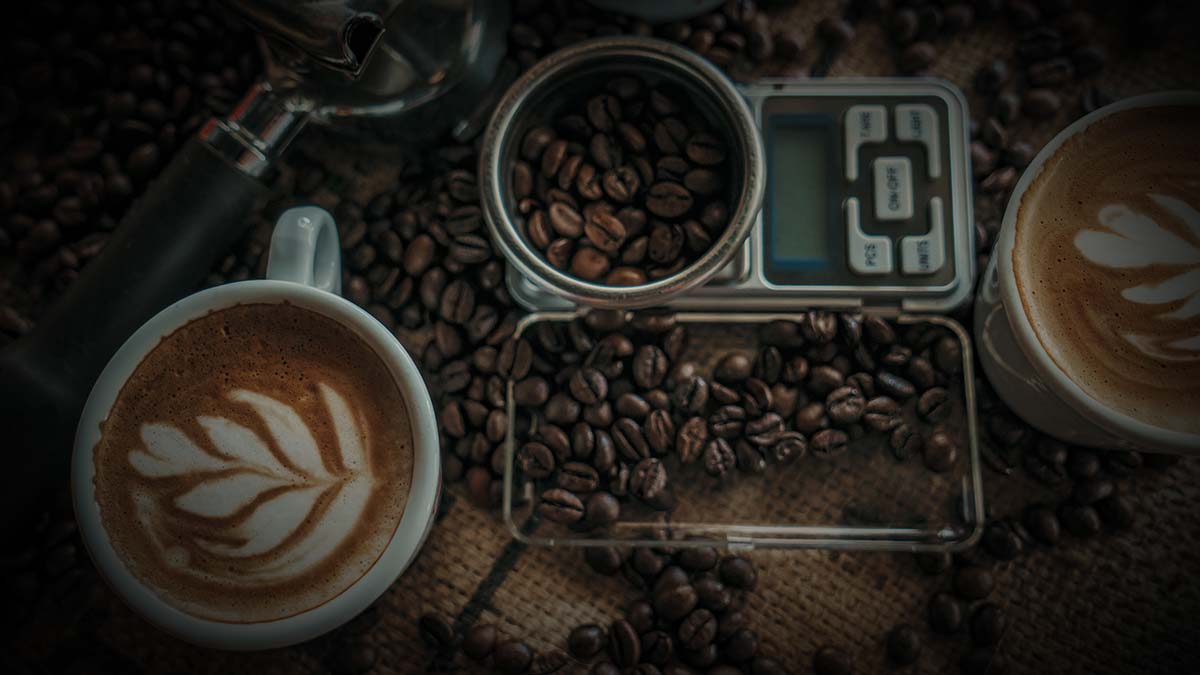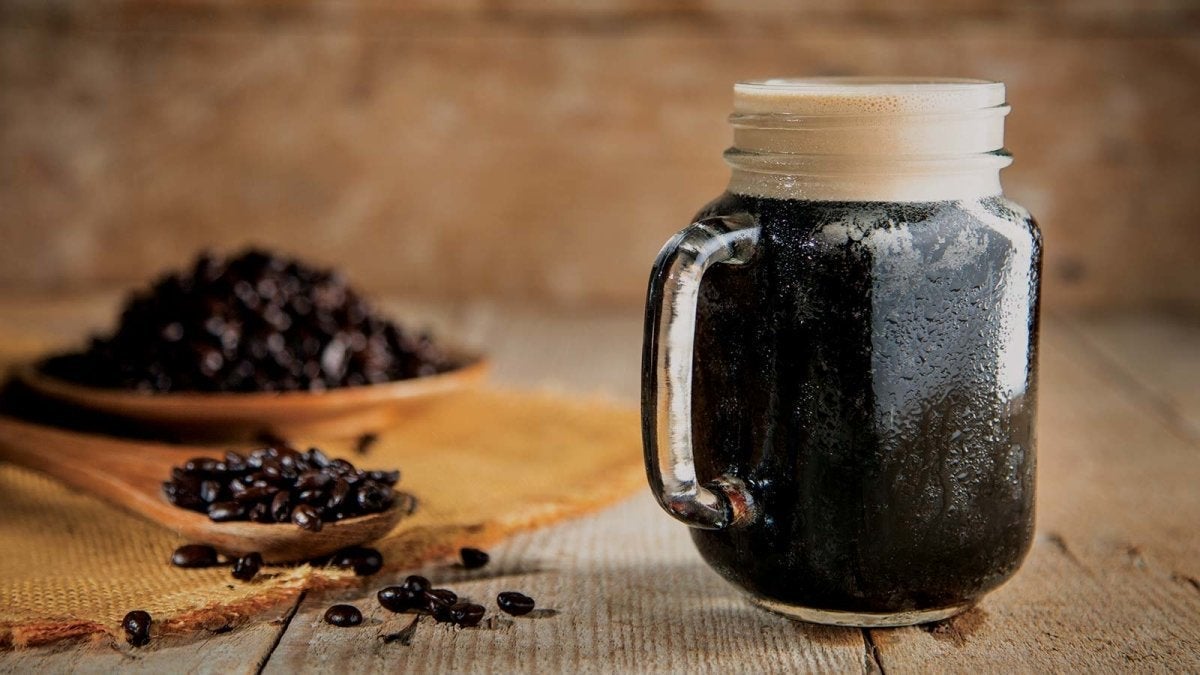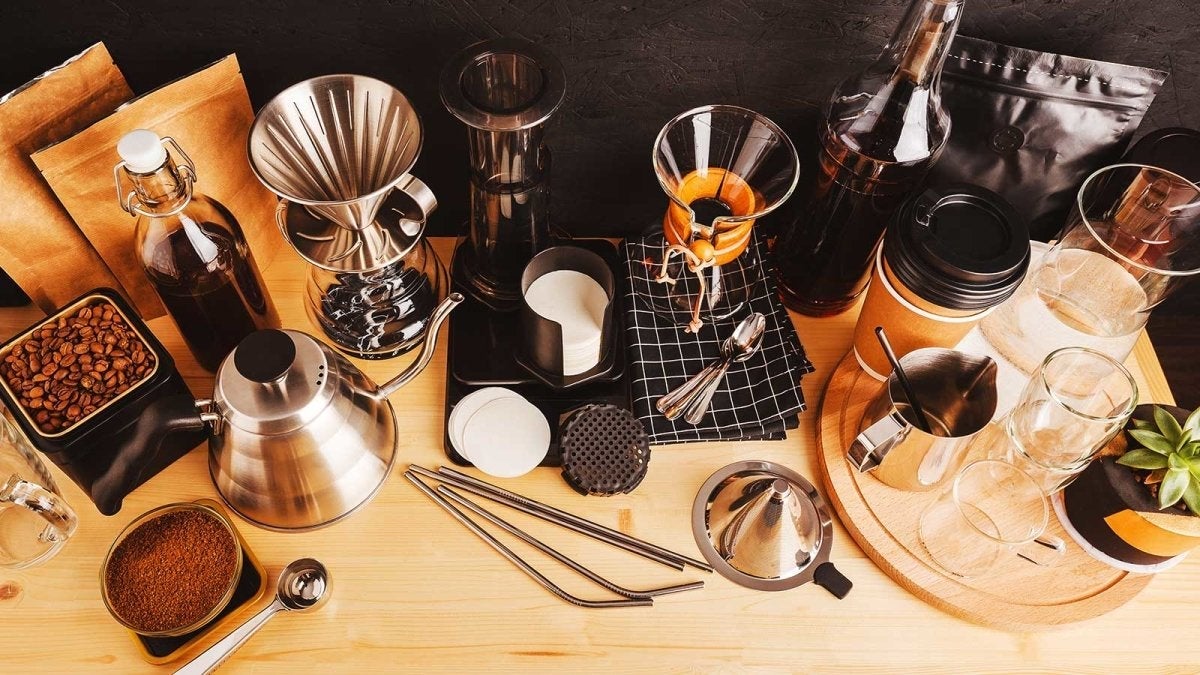Want to make your morning coffee without stress? There is nothing wrong with measuring the coffee to water ratio to make a perfect cup of coffee. To keep the exact coffee to water ratio, a kitchen scale is a helpful tool. But if you have not a kitchen scale, follow our tips to find out how many tablespoons per cup you need to make the best cup of Joe and how many grams of coffee are in a tablespoon.
How to measure your coffee dose without kitchen scales
If you have not the kitchen scales yet, then you need one tablespoon of ground coffee for a 200ml cup of Joe. For making 1 liter of filter coffee right away, take around 7 tablespoons of coffee.
|
|
For 1 liter |
For 200ml |
|
Number of tablespoons |
5.5 - 7 |
1 -1.5 |
|
In grams |
65g |
12g |
|
Number of portion control serving spoons |
Approx. 9 |
Approx. 2 |
Table 1: Filter Coffee ratio: dosage in spoons
Coffee to water ratio French press: Strong brew strength
|
Strong brew strength: French press ratio |
8 cup |
|
Coffee |
15 tablespoons or 89 grams |
|
water |
900 Ml |
Cold brew coffee ratio:
|
Strong brew strength: French press ratio |
8 cup |
|
Coffee |
50 tablespoons or 256.5 grams |
|
water |
4.75 cups |
Pro Tip:
We suggest you measure the coffee dosage per tablespoon when you go for measuring your coffee with spoons. By doing this, you will know how many grams of ground coffee is in a spoon.
Coffee to water ratio for the preparers
Table 2 will show you the dosage of coffee that is required per coffee brewer. You can use three types of spoons for coffee dosage: full heap tablespoon, slightly heaped tablespoon, and coffee dosing spoon. But here, we assume the full-heap tablespoon. If you are going to make Bayreuth pot or French press, you require thick ground coffee beans to refine taste. Moreover, it will extract the flavor compounds more evenly.
|
Quantity of water and Preparer |
Amount of coffee in tablespoons |
Amount of coffee |
|
French Press (1000 ml) |
7 to 8 |
65g |
|
Coffee maker (1250 ml) |
6.5 to 8 |
75g |
|
Bayreuth pot (350 ml) |
2.5 to 3 |
22g |
|
Hand filter (500 ml) |
3 to 3.5 |
32g |
|
Espresso machine (40 g) |
Approx. 1.5 |
17g |
Table 2: quantities of coffee for different preparers
Coffee dosage in grams:
Want to know the french press coffee ratio or pour-over coffee ratio in grams? It depends on the amount of brewed coffee. This refers to as coffee to water ratio or simply brewing ratio. The Speciality Coffee Association of Europe (SCAE) suggests that; use 60 grams of coffee for one liter of water.
You need 12grams of ground coffee for a cup size of 12ml. You can adjust this water to the coffee ratio that suits your taste. At GothRider Coffee, we use a slightly higher coffee ratio French press to achieve better taste’s nuance.
The drip coffee ratio we normally use is about 65 grams of coffee per liter of water. You can find the dosage information with the coffee maker machine that includes portioned tablespoons and 2 level tablespoons for dosage per cup. But this type of information is not precise enough to make a perfect cup of coffee. That’s why it is essential to consider using a coffee scale and remembers the exact coffee grounds to water ratio to brew the perfect cup of coffee. To achieve the consistent coffee quality and intensity of its taste, measure the extraction time with grams. Here’s how you can measure the coffee dosage with the help of your kitchen scale.
- Keep in mind that 1ml of water is equal to 1 gram. First off, weighing your coffee beans, you need for one cup and grind them.
- Put the freshly ground coffee into the coffee maker and place it on the kitchen scale and tare it.
- Now, gradually pour the water into it. Once you pour the water, the scale will measure the amount of water you have poured in. This way, you will know how much water you need to pour and when to stop pouring.
- Stop pouring when you will reach the exact coffee to water ratio.
Possible issues imprecise quantity of coffee:
Coffee beans come in different varieties and structure that make them unique. Each type has its own size and shape. The coffee roasting techniques also have an impact on the size of coffee beans. For instance, if you have 200 grams of Ethiopian and Columbian coffee beans in two jars, both jars will look different and has not the same weight. Because Columbian coffee beans are denser than Ethiopian coffee beans and its jar has to be filled low to get the same weight. The gram number will vary when you measure beans with a scale or portion control spoon. It depends on the amount of grind coffee powder.




Laisser un commentaire
Ce site est protégé par hCaptcha, et la Politique de confidentialité et les Conditions de service de hCaptcha s’appliquent.